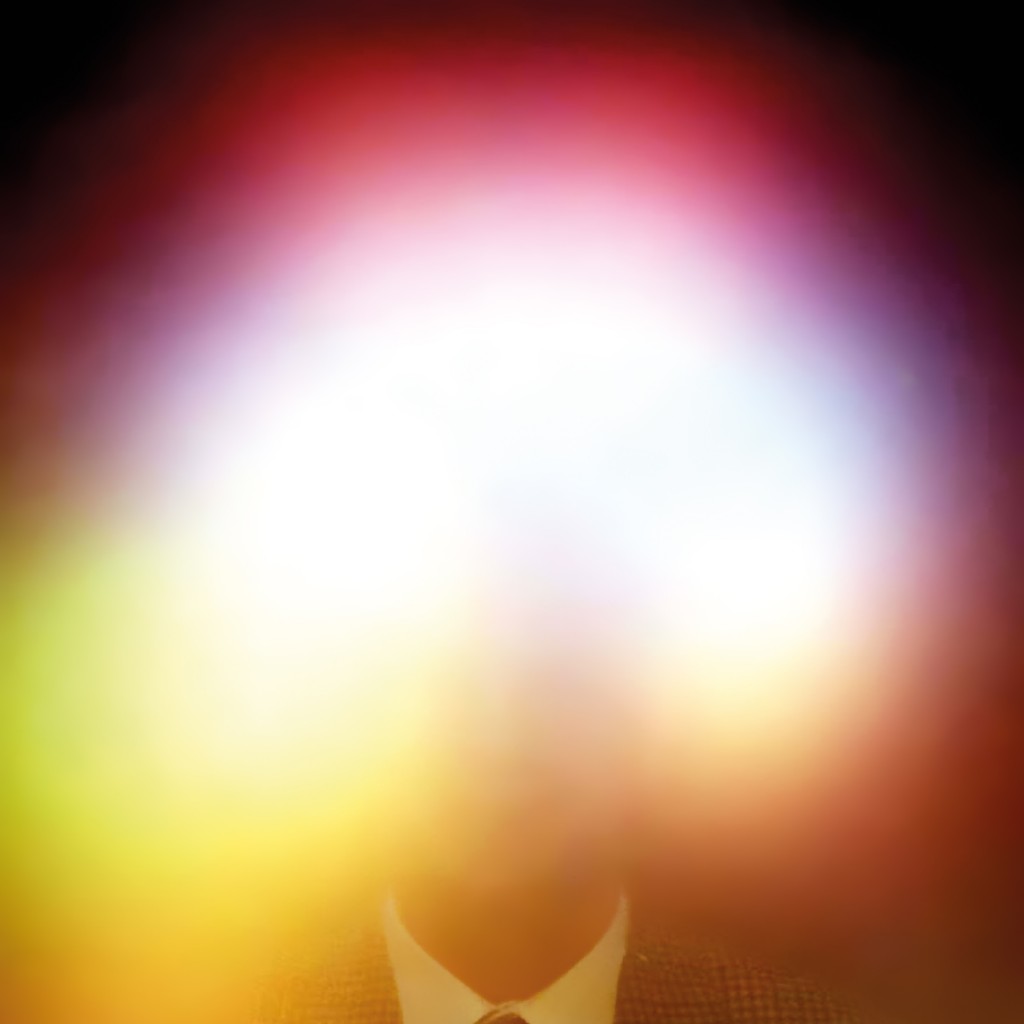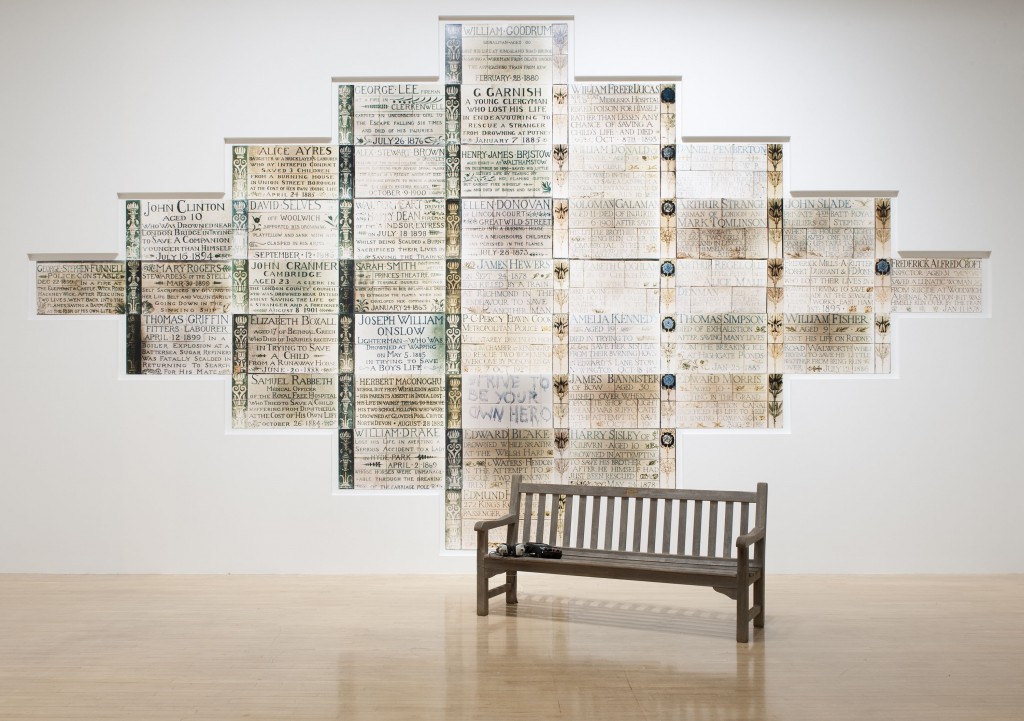The work of Susan Hiller involves some aspect of meaning-making that can only happen through a reciprocal interest in people and their place in the world. From explorations of the subconscious – with automatic writing and investigations of memory – to the self-reflective homage pieces dedicated to Joseph Beuys, Marcel Duchamps and Yves Klein, Hiller’s work is fundamentally motivated by a deep curiosity about the ways in which her fellow human beings make sense of their environment. This retrospective exhibition at Tate Britain also highlights that the works require an audience to fully come into their own.

In this sense, Hiller does not just see people as good subjects for her art but she invests a great level of trust in them to appropriate her works and instill them with meaning, personal and universal, by providing tentative answers to her questions. What remains of disappearing languages (The Last Silent Film)? Why are paranormal experiences so similar across the world (Witness)? The works are most often developed in series and they are not classified in any ideological or value driven system. After the Freud Museum is a collection of 50 boxes containing relics, talismans and mementos that leads to a re-evaluation of the boundaries and value systems of the museum: whereas this type of display was once the mainstay of archaeological museums, why is it not so common to encounter it in a contemporary art gallery? Perhaps because they proceed less from a typology of art than from a typology of human interest.

One could almost say that the installations, cabinets and film works that represent her three decades of career in Britain constitute a corpus of study of humanity in all its banality as well as its quirks. That is perhaps why it is puzzling that Hiller herself disavows her former training as an anthropologist. Perhaps this defensiveness is a result of the difficulties she has encountered in being taken seriously as a feminist artist early in her career. Indeed, her first show in London was compared to the contents of a handbag. She has since paid little attention to the critics and cultivated a profile, that some would qualify of discreet, as a serious conceptual artist.
Whereas it is now common for contemporary conceptual work to lack in-depth intellectual engagement, it is clear from Hiller’s Tate retrospective that, at 70, she has found this rare balance. That is not to say that she sacrifices aesthetic form either. Witness, multiple recordings of alien encounters in various languages, is presented as an eerie immersive installation of hundreds of small speakers dangling from the ceiling of a dimly lit gallery. This form also reflects the very nature of Hiller’s interests: the multiplicity of voices can never be exhausted.
Susan Hiller’s exhibition @ Tate Britain will be on view until Sunday 15 May (£11)













